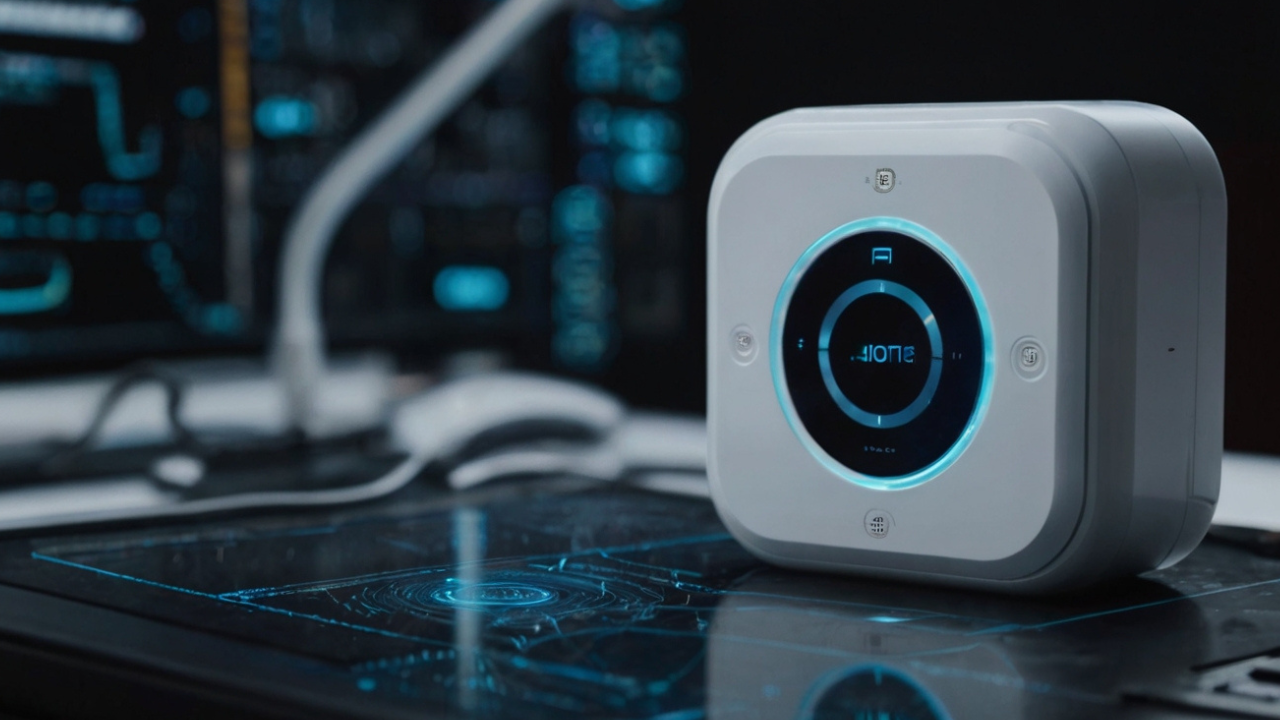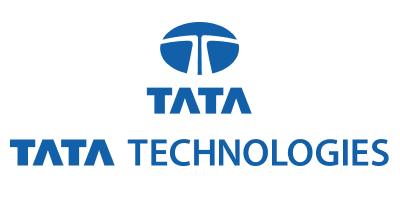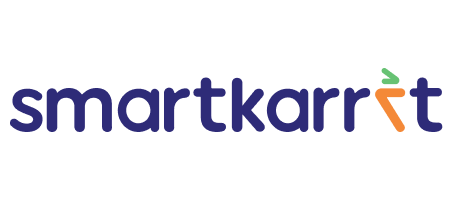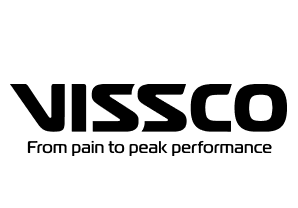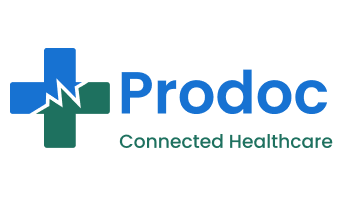Introduction
Employee monitoring has become a hot topic as remote and hybrid work models have grown in popularity. With employees working outside of the traditional office setting, companies are turning to new tools and techniques to track productivity and performance.
On one hand, managers want to ensure employees are accountable during work hours and prevent cybersecurity risks that can arise with personal devices handling company data. Monitoring methods like keystroke tracking, email monitoring, and webcam surveillance provide unprecedented oversight.
On the other hand, employees chafe under what they see as intrusions into personal privacy and autonomy. Strict monitoring can damage morale and trust between employers and staff. Critics argue that surveillance fosters a negative work environment and an overbearing management style.
As hybrid work looks here to stay, the debate around workplace monitoring will likely continue. Companies must weigh productivity benefits against potential backlash. Meanwhile, employees want to maintain flexibility without being subject to constant observation outside the office.
Navigating these challenges requires examining the pros, cons, and best practices around employee monitoring. Organizations need to balance business interests with worker satisfaction under these new work arrangements. This article will delve into the key factors around this issue to better understand the future of hybrid work surveillance.
Pros of Employee Monitoring
Employee monitoring has become commonplace for many organizations. Proponents argue there are several potential benefits that make workplace surveillance a valuable practice.
One of the main pros cited by advocates of employee monitoring is improved productivity and efficiency. With surveillance in place, employees may spend less time on non-work activities like personal internet browsing or excessive socializing. Monitoring tools allow managers to review metrics on time spent on tasks, call volumes, emails sent, and other productivity indicators. This data can help identify areas to optimize processes and reduce wasted time. Some companies have reported increases in productive output after implementing monitoring.
By keeping employees focused on work tasks instead of distractions, organizations aim to get more done in less time. Monitoring also facilitates the measurement of employee productivity. Management can review monitoring analytics to set performance goals and expectations. Some proponents argue this drives higher levels of productivity across the company.
Of course, critics counter that excessive monitoring can also lead to burnout, anxiety, and decreased morale – which may ultimately reduce sustainable productivity. But in general, monitoring data provides insights to help managers direct workflow efficiently. And in some workplace contexts, close oversight helps keep employees focused and productive.
Cons of Employee Monitoring
Employee monitoring can have several downsides that negatively impact company culture. The most significant issue is that pervasive monitoring can erode employee trust and morale. When employees feel constantly watched, it can create an atmosphere of suspicion and anxiety.
Employees who know their every move is tracked may feel they have no privacy. This loss of autonomy can lead to lower job satisfaction and engagement. Surveillance monitoring can also signal a lack of trust between management and staff. Employees may feel micromanaged rather than empowered.
Excessive monitoring can damage workplace relationships and collaboration. Employees may become more guarded in their communications to avoid saying anything that could be used against them. The result is a more closed-off, less transparent culture.
Pervasive surveillance can also contribute to higher stress and burnout. The pressure of constant observation can take a toll on employees’ mental health over time. Monitoring every minute at work does not allow people time to relax and recharge.
Some employees may perceive extensive tracking as unfair or demoralizing. They may feel that management cares more about metrics than about employees as people. This commoditization of workers can degrade company loyalty.
In summary, while some monitoring aims to improve productivity, excessive surveillance often backfires by harming morale, trust, and relationships. Companies need to carefully weigh the risks of undermining company culture through invasive tracking of employees.
Legal and Ethical Considerations
Remote Work Trends
The COVID-19 pandemic accelerated the rise of remote and hybrid work models. Many companies were forced to adopt work-from-home policies to comply with lockdowns and social distancing protocols. This massive remote work experiment showed that employees can be productive and collaborate effectively while working outside of traditional office environments.
According to [Gallup](https://www.gallup.com/workplace/352481/state-of-the-global-workplace-2021.aspx), the percentage of US employees working remotely increased from 31% in 2019 to over 60% in 2020. Many employees want these flexible work arrangements to continue even after the pandemic subsides. Surveys show a majority prefer a hybrid model that combines in-office and remote work.
The benefits of remote work include greater autonomy, no commute, and better work-life balance. Companies also gain access to talent globally instead of just locally. Enabling location flexibility helps organizations attract and retain top talent. However, collaboration, company culture, innovation and training may suffer without in-person interactions.
Hybrid models aim to get the best of both worlds by maintaining core in-office presence while allowing employees to work remotely part-time. Leaders must rethink how to manage hybrid teams and keep remote workers engaged. The future of work is undoubtedly more flexible, but it requires adjusting management practices and workplace policies.
Monitoring Tools and Techniques
Employers today have access to many software tools and data tracking techniques to monitor employees, especially remote workers. Some of the most common include:
– **Productivity monitoring software** – This tracks employee computer and application usage to measure productivity. It records which programs are used, for how long, mouse movements, keystrokes, and more.
– **Web monitoring** – Software that logs websites and webpages visited by employees. Some tools take screenshots or record entire browsing sessions. This aims to prevent time-wasting and inappropriate browsing.
– **Email monitoring** – Tools that allow employers to view employee emails, including message content and metadata like who they communicate with and when. Some programs flag keywords.
– **Location tracking** – Apps that use GPS and IP addresses to monitor employee location during work hours. This verifies attendance and work site visits for remote workers.
– **Phone call recording** – For employees making work-related calls, their conversations may be recorded for quality assurance or training purposes.
– **Time tracking** – Software that records hours worked, breaks taken, clock-in and outs, and more to monitor attendance and productivity.
– **Remote desktop access** – Allows IT administrators to access and view employees’ screens and devices. They can track real-time activity and inspect files.
– **Wearable tracking** – Emerging technologies like smart badges that use sensors to monitor employee movements, conversations, stress levels, and more.
While these tools provide more oversight, they also raise concerns about privacy and overreach. Companies should have clear policies on proper monitoring practices.
Best Practices
As employee monitoring becomes more common, it’s important for companies to establish best practices that balance business needs with employee privacy and transparency. Here are some recommended guidelines:
– Be transparent about monitoring policies. Clearly communicate to employees what data is collected, how it’s used, and who has access. Surveillance should never be covert.
– Limit collection of personal data. Only gather what’s needed for legitimate business purposes. Avoid recording private conversations, tracking websites visited, or capturing screenshots.
– Anonymous data is ideal. Aggregate data about general activity rather than tying it to specific employees.
– Get consent where possible. Have employees formally agree to monitoring practices, especially for more invasive techniques.
– Restrict access to data. Only allow viewing of monitoring data by those who absolutely need it. Prevent unauthorized use.
– Automate anonymization. Automatically strip identifying information from monitoring data after a set period of time.
– Regularly audit monitoring practices. Evaluate whether current policies are necessary, working as intended, and respecting privacy.
– Provide secure storage. Keep monitoring data protected behind encryption, firewalls, access controls, and other cybersecurity measures.
– Allow employee input. Involve workers in shaping monitoring policies that they feel are reasonable.
With careful consideration of employee privacy, transparency, and consent, organizations can implement monitoring that meets their needs while respecting worker dignity.
The Future of Workplace Surveillance
The future of workplace surveillance is one of increasing acceptance and normalization. As remote work becomes more prevalent, companies are embracing various monitoring tools and techniques to ensure productivity and security. What may have seemed intrusive in the past is now becoming standard practice.
Several factors are contributing to this shift:
– Productivity concerns – With employees working from home, managers have less visibility into how time is being spent. Monitoring tools give them insight to ensure workers stay on task.
– Data and cybersecurity risks – Remote networks pose greater security risks. Monitoring helps companies manage threats.
– Advancements in monitoring technology – Tools are becoming more sophisticated, powerful, and integrated into standard corporate software. Remote monitoring is now simple and scalable.
– Changing attitudes – Younger generations of workers have grown up with technology and may view monitoring as routine. There’s less of an expectation of privacy.
– Competitive pressures – Companies adopt monitoring to keep pace with what’s expected and required in their industry. If competitors do it, they feel compelled to as well.
– Normalization – As more employers monitor workers, it becomes normalized. Employees may reluctantly accept it as standard practice.
While monitoring does raise ethical and legal concerns around privacy, most companies are willing to embrace these tools to protect their interests. Privacy objections are increasingly seen as outdated.
Unless protective regulations are enacted, employee monitoring will likely continue growing in acceptance and application. The future workplace will assume a greater degree of surveillance, for better or worse. Companies should focus on using monitoring responsibly and securing employee buy-in. With the right approach, it can be a useful tool rather than a perceived violation.
Alternatives to Monitoring
Many companies are moving away from strict monitoring of employees and adopting a trust-based management approach instead. This involves:
– Giving employees autonomy and flexibility in how they work. Managers focus on evaluating deliverables rather than time spent working.
– Setting clear expectations upfront about goals, priorities, and responsibilities. Managers provide support to help employees meet expectations.
– Fostering open communication and feedback between managers and employees. This builds trust and helps align priorities.
– Focusing on results over presence. Managers evaluate job performance based on if goals are met effectively.
– Providing the technology and tools employees need to collaborate and get work done productively.
– Promoting work-life balance and wellbeing. Employees are encouraged to take breaks and time off as needed.
With a trust-based approach, strict monitoring is no longer needed. Employees have the freedom and support to do their best work in a way that fits their needs. This leads to higher job satisfaction, productivity, and retention.
Conclusion
The future of work is hybrid. While remote work provides flexibility and autonomy for employees, it also presents challenges for employers to maintain productivity and security. As remote work becomes more prevalent, employee monitoring is likely here to stay as companies balance productivity, security, legal obligations, and employee morale.
However, monitoring should not be the default. Leaders should aim to build a culture of trust and clearly communicate policies. Monitoring should be targeted, with purpose, and done ethically. Companies can minimize privacy concerns by gathering only essential data, anonymizing where possible, and ensuring transparency.
The most successful workplaces will be those that thoughtfully blend flexibility and oversight. With care, monitoring can coexist with autonomy, productivity, and satisfaction. But it requires leaders to carefully evaluate their true needs, work within legal bounds, and prioritize open communication.
Rather than defaulting to pervasive monitoring, companies should explore alternatives that build culture, align values, and foster accountability. With intentionality, self-direction, and humanity, we can create workplaces that empower employees and benefit businesses. The future of work is not surveillance or complete freedom, but thoughtfully striking a balance between the two.





